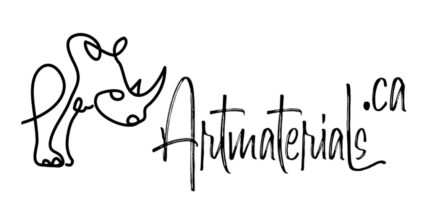- You have no items in your shopping cart
- Continue Shopping

There are many different kinds of additives and enhancers exist for oil painting (including copal resin) and all they have their own use. In general, we can identify 6 kinds of materials that can be added to oil paints. All they have different purposes and use.
Oil paint main chemicals:
- different kinds of oil (linseed, walnut, poppyseed etc.)
- Natural resins, rosins and gums (turpentine gum, ambers, copal, dammar etc.)
- Synthetic resins (alkyd)
- Solvents (white spirit, turpentine oil etc.)
- Waxes
- Essential oils
Let’s talk about copal resin and medium based on this gum. Based on our researches, old masters, including Leonardo, were using a lot of different mediums, experimenting with oil paints. One of them was amber.
Amber varnish for painting
Amber varnish is one of the oldest ones. People from Ancient Egypt used it for tombs. They preheated amber composite with torches or iron and then polished to desired shine and transparency. In Renaissance times amber varnish were also in a wide use to add some strength to painting film. With the time heating got replaced with chemicals and instead of melting gums, manufacturers started dissolving it with white spirits and turpentine oil.
However, amber is quite expensive ingredient. You can tell it looking at prices of jewelry that contains amber. So, artists were in search of a less expensive substitution to amber and found some other resins that work similar. And one of the was copal.
Copal as an amber substitute
Copal is resin extracted from trees in the Burseraceae family, that provide many other kinds of intense resins, such as frankincense or myrrh. Polymerized, these resins provide qualities close to amber.
Copal, apart from other resins used for oil painting, penetrates inside painting layers and forms one substance with it. This property makes oil film (after drying) stronger and more resistant to chemicals, moist and other environmental influences. Also, it brings more elasticity to a layer making it resistant to physical damage. Just add some of copal medium to your paints.
Leonardo da Vinci used copal gum mixed with sunlight bleached walnut oil as a painting medium, in search of perpetual varnish. And RUSART recreated one of his recipes of copal oil medium based on manuscripts found.
You can also use copal medium as varnish, when applied on top of your painting. However, restorers don’t like that as copal varnish is not removable and seals your painting for good. So, if any restoration will be needed, it cannot been performed. So, use copal as a painting agent, but avoid using it for top layers to prolong time of your artwork.




